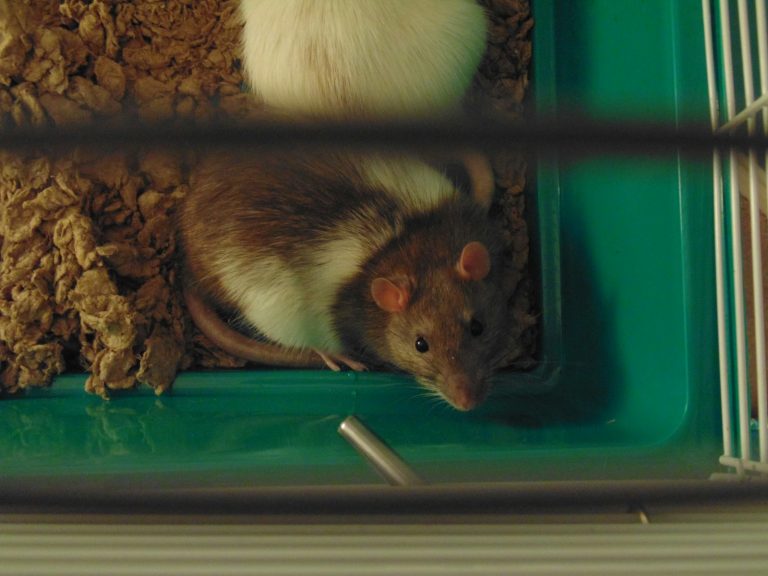Different types of rats are used in scientific research to help find treatments and cures for human diseases. The SRG rat has been specifically bred to be immunodeficient for research purposes. These small heroes are helping scientists find cures and effective treatments for different cancers and tumors.
What Makes SRG Rats Immunodeficient?
Scientific labs such as Hera Bio Labs have worked to use a process called knockout mutations in generations of SCID model rats to cause the loss of NK, T, and B immunity cells. This process creates the ideal SRG rat to be used for engraftment with human tissue. These special rats are then furnished to scientific labs specializing in oncology research.
Why Are SRG Rats an Improvement in Cancer Research?
These immune-impaired rats are more useful in tumor research and studying growth patterns of cancer cell lines. Difficult to graft and study cancer cell lines such as certain types of lung cancer, prostate cancer, and ovarian cancer work with these rats. These rats allow for better results in grafting and studying tumor size and growth as well as morphology with many human cancer cell lines and tissues.
Accelerated clinical cancer research and cancer drug development have numerous benefits for cancer patients and society as a whole. Better treatments and medications cut down patient suffering and the cost of cancer treatment to patients, insurance companies, and society as a whole.
Although there are other models of laboratory rats used in cancer research, they have shortcomings in that some types of cancer cells do not grow and develop efficiently with them. The SRG rat is simply better for the development of certain human tumor studies.
The SRG Rat and How They Are Used In Cancer Research
The use of SRG rats depends on the lab and the type of oncology research they are doing. Some studies study the difference in response between male and female rats. This will help in developing treatments for male and female humans that are tailored to patients for better results.
Researchers can study the growth kinetics found in 20 human tumor cells found in 12 different cancers. These tumor cell lines can be inoculated into individual SRGs subcutaneously to obtain tumor measurements at measured intervals.
SRG laboratory rats and other models of lab rats have been bred to help with research to treat or cure human disease by studying disease cells that have been introduced to the rats for tissue-associated responses of the immune system. Studies using these rats are making great strides in developing human skin grafts that are more successful and less likely to be rejected.
There are numerous uses for these SRG lab rats that make their existence meaningful and justified by results in the scientific community. Research can only go so far without having living tissue to study. Breading the ideal laboratory rats is one way to further research and improve the human condition.
Scientists must keep working to find cures for diseases that cause pain and suffering in the human populace. They must have the correct tools and materials to do their jobs with the most success. SRG lab rats are one way to advance scientific research into curing and treating diseases such as cancer. There are other diseases such as heart failure, diabetes, and many more that may be cured in the future with scientific research.


0 Comments